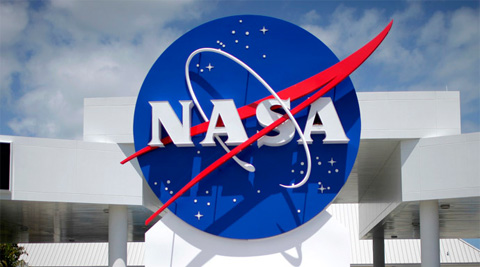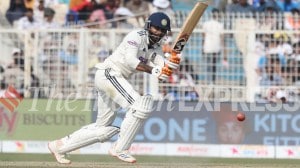NASA software to improve spacing between planes
The TSS tool provides information to controllers about the speeds they should assign to aircraft.
 TSS is the another step in NASA’s support of the development of a Next Generation Air Transportation System (Source: Reuters)
TSS is the another step in NASA’s support of the development of a Next Generation Air Transportation System (Source: Reuters)
NASA has developed a new air traffic control software to better manage the spacing between planes to help save both time and fuel and reduce emissions.
The computer software tool designed to aid air traffic controllers was presented to the Federal Aviation Administration (FAA) during a ceremony at the agency’s headquarters in Washington.
The Terminal Sequencing and Spacing (TSS) technology will enable air traffic controllers to better manage the spacing between aircraft as they fly more efficient approaches into airports, saving both time and fuel and reducing emissions.
The software enables the routine use of what are called Performance Based Navigation procedures, resulting in fewer course and altitude changes, while also reducing the frequency of necessary communications between controllers and pilots.
The TSS tool provides information to controllers about the speeds they should assign to aircraft as they follow fuel-efficient, continuous-descent arrival procedures while passing through a region of airspace surrounding an airport called the TRACON (Terminal Radar Approach Control), covering a distance from an airport of about 80km.
TSS is the another step in NASA’s support of the development of a Next Generation Air Transportation System, or NextGen, which is a joint multi-agency and industry initiative to modernise and upgrade air traffic control system.
NASA’s Airspace Systems Programme, which is part of the agency’s Aeronautics Research Mission Directorate, began the research that led to the development of TSS in 2009, with prototype development beginning in 2011.
NASA used these prototypes to test TSS in 16 high-fidelity simulations involving controllers and pilots.







